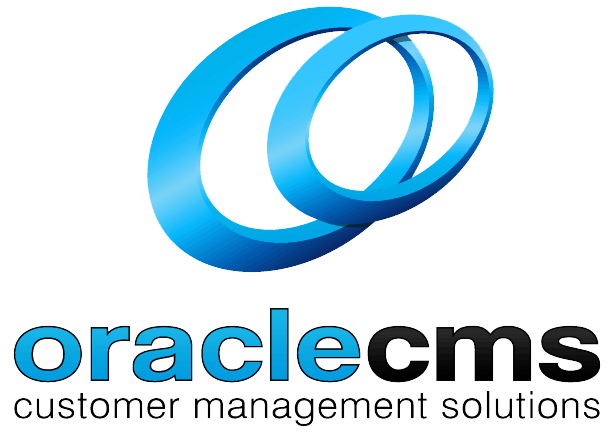What is Call Monitoring?
Understanding Call Monitoring in Contact Centres
Call Monitoring is a critical process in contact centres where supervisors, quality assurance teams, or automated systems listen to live or recorded calls. The primary objectives of call monitoring are to ensure quality assurance, provide training and feedback to agents, and evaluate overall performance. This practice helps maintain high standards of customer service and identify areas for improvement.
Key Objectives of Call Monitoring
- Quality Assurance: Ensuring that agents adhere to company policies, scripts, and quality standards during customer interactions.
- Training and Development: Identifying training needs and providing constructive feedback to agents to improve their performance and skills.
- Performance Evaluation: Assessing agent performance based on specific criteria such as communication skills, problem-solving abilities, and adherence to protocols.
- Compliance: Verifying that interactions comply with legal and regulatory requirements, particularly in industries with strict compliance standards.
Methods of Call Monitoring
- Live Monitoring: Supervisors or quality assurance personnel listen to calls in real-time. This method allows for immediate feedback and intervention if necessary.
- Recorded Monitoring: Calls are recorded and reviewed at a later time. This method provides flexibility and allows for a more thorough analysis of interactions.
- Speech Analytics: Advanced systems that analyze recorded calls for specific keywords, phrases, or sentiment. This automated method can process large volumes of calls efficiently.
Benefits of Call Monitoring
- Enhanced Quality Control: Regular monitoring ensures that agents consistently deliver high-quality service and follow best practices.
- Improved Training: Provides real examples of interactions for training purposes, helping agents learn from both successful and challenging calls.
- Increased Customer Satisfaction: By identifying and addressing issues promptly, call monitoring helps improve the overall customer experience.
- Compliance Assurance: Helps ensure that all interactions comply with industry regulations and internal policies.
Challenges and Considerations
While call monitoring offers significant benefits, it must be implemented thoughtfully to avoid potential drawbacks. Excessive monitoring can lead to agents feeling micromanaged or stressed, which may impact their performance negatively. It is also essential to maintain the privacy and confidentiality of recorded calls, adhering to relevant data protection regulations.
Best Practices for Effective Call Monitoring
- Define Clear Criteria: Establish clear and consistent criteria for evaluating calls, focusing on key performance indicators (KPIs) and specific goals.
- Provide Balanced Feedback: Offer constructive feedback that highlights both strengths and areas for improvement, fostering a supportive environment.
- Use Monitoring Tools: Leverage advanced call monitoring tools and software to streamline the process and gain deeper insights.
- Respect Privacy: Ensure that call monitoring practices comply with legal requirements and respect the privacy of both customers and agents.
- Regular Training: Continuously train supervisors and quality assurance teams on effective monitoring techniques and feedback delivery.
Conclusion
Call Monitoring is a vital practice in contact centres, aimed at maintaining high standards of customer service, enhancing agent performance, and ensuring compliance with policies and regulations. By implementing effective call monitoring strategies, contact centres can achieve significant improvements in service quality, customer satisfaction, and operational efficiency. Balancing monitoring with a supportive approach and respecting privacy are key to successful call monitoring programs.

